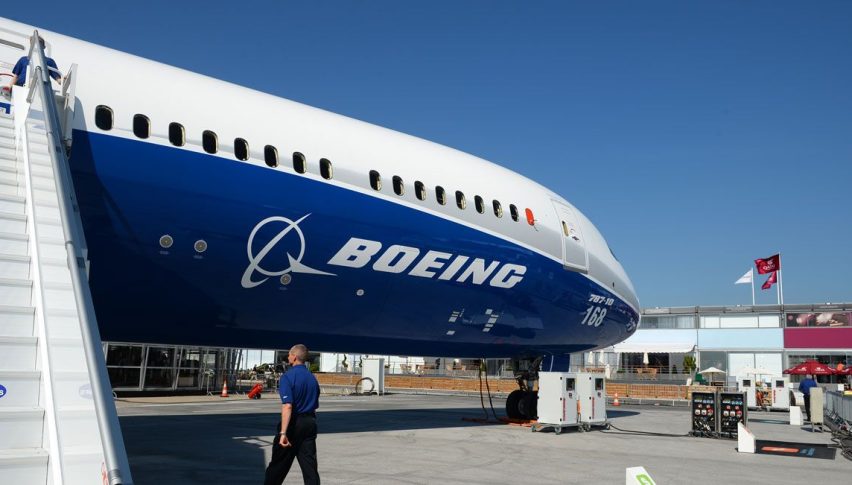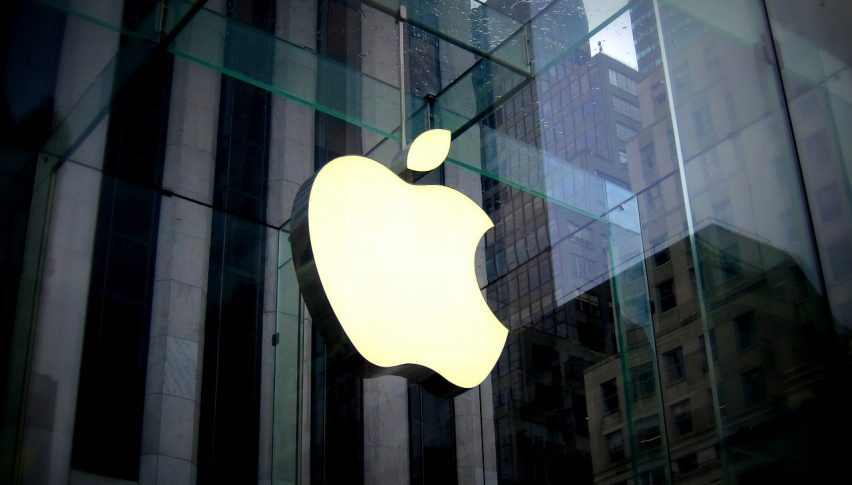China’s Services Sector Growth Eases in November
The Chinese services sector posted a slower growth during the month of November, hit by increasing inflation and sporadic COVID-19 outbreaks

The Chinese services sector posted a slower growth during the month of November, hit by increasing inflation and sporadic COVID-19 outbreaks across parts of the country dimming the outlook for firms. The Caixin China General Services PMI dipped to 52.1 in November from 53.8 in October, although it did manage to remain above the 50-threshold indicating expansion.
The Caixin PMI, which reveals the performance across China’s private sector, reveals a slower pace of rebound in the services sector even after the pandemic was brought under control across China and most of the world. Unlike the manufacturing sector, services firms are more affected by restrictions and curbs implemented to contain the spread of infections, hurting the sector to a greater extent.
The overall services PMI has also been affected by a decline in business activity across leisure and tourism firms in China due to the government’s strict zero COVID-19 strategy. Currently, there are fresh outbreaks across the inner Mongolia region, forcing authorities to impose strict restrictions and keeping consumers away from services businesses.
Total new business increased at the slowest pace seen in three months during November even as new order inflows also suffered due to the latest outbreaks of the virus. However, on a positive note, services firms indicated higher levels of optimism about improving business conditions over the coming 12 months, powered by expectations that the pandemic will be brought under control and drive a strong rebound in demand globally.
Senior economist at Caixin Insight Group, Dr. Wang Zhe, notes, “Prices in the services sector kept rising. The gauge of input costs rose to the highest over the past half year in November, remaining in positive territory for 17 consecutive months. Rising prices of raw materials and energy, as well as higher labor costs, burdened service providers. Part of this pressure was transmitted downstream. Output prices continued to rise. Notably, the gauge of input costs was higher than the gauge of output prices over the past 14 months, underscoring huge pressure in services.”
- Check out our free forex signals
- Follow the top economic events on FX Leaders economic calendar
- Trade better, discover more Forex Trading Strategies
- Open a FREE Trading Account



